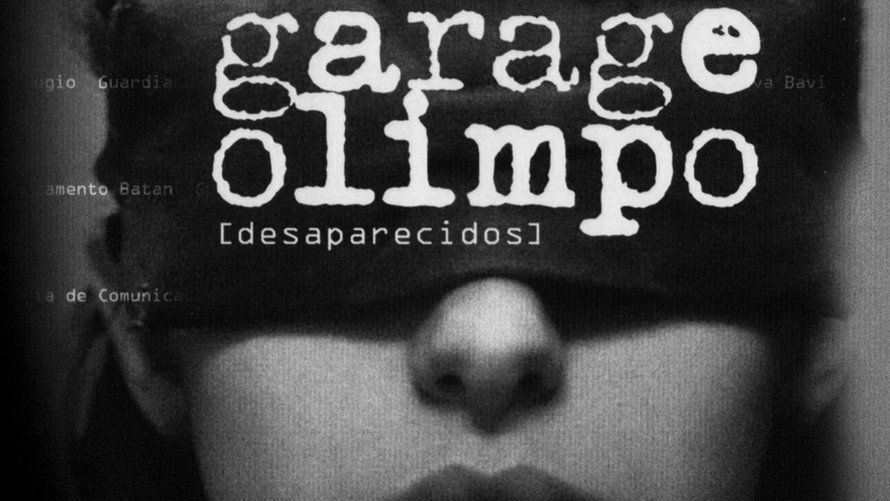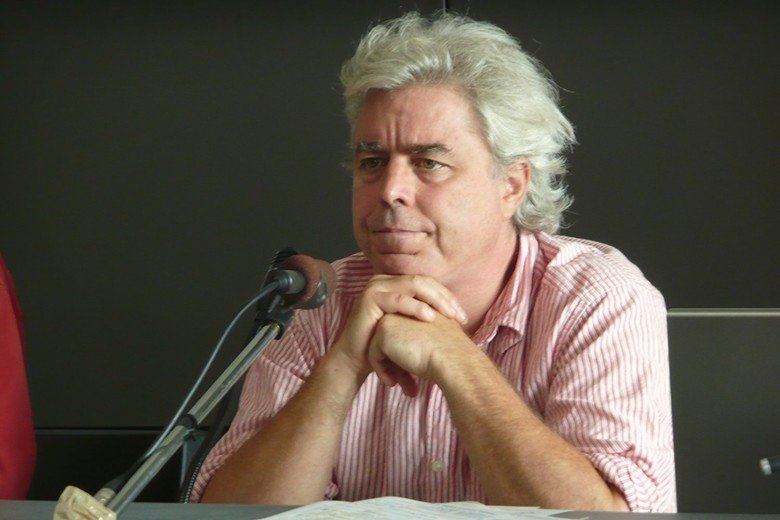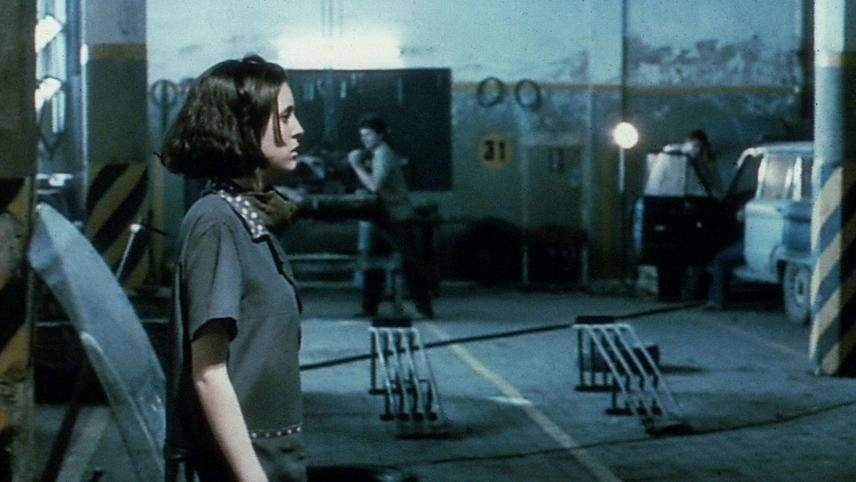In Film Criticism series, we discuss what is meant in movies. This series includes film reviews than film proposals. Of course you may want to see and watch the movies in these series. But do not forget that these articles contain Spoilers.
Previous posts:
Resistance to Military Rule
Garage Olimpo was directed by Marco Bechis in 1999. Maria (Antonella Costa), who lives in a large house with her mother, is a fellow against the junta administration. In addition to organizing actions against dictators, Maria also teaches the poor people with free. In the big house she lives, some weird guy named Felix (Carlos Echevarría) who falls in love with her. Maria being cold against Felix's approach to her. One day the Argentine army raids the house. It is kidnapped by the army for the interrogation and exposed to various torture. Felix, who lives as a tenant at home, is one of the officials in these torture chambers. She sees Maria brought there and shows himrself as a savior and gets closer to the woman. Maria, who has been exposed to torture and is psychologically dead, has no choice but to get close to the man. Felix and Maria, who have alleged love between tortures and raids, are moving towards the inevitable end.

''Good'' Hearted Bomber
Ana (Chiara Caselli), the character we first saw after film started, is an activist feminine who comes to her friend's house and puts a bomb under the bed. The director showed Ana to be very repulsive at the beginning of the film. Bomb explosion happens at the end of film. The reason for this is to show the director what the bomb is for, and to show the audience the unusuality of this situation. The owner Tigre (Enrique Piñeyro) is a well-known command. We see Tigre as the ruler of all this torture after the starting scene. He lives in a very luxurious house and lives a happy life with her daughter. But it does provide the torture of womans or younger girls. All torture and incidents are somehow connected with Tigre. The bomb exploding at the end keeps the audience satisfied. And yes, the director directs our feelings.

Anomaly Behind Normality
The director, Marcho Bechis, "criticizes all these junta incidents, and reflects all the shit on people," "ordinary life in the complex" to the channel. We see the footage shot from the top several times at the opening of film and in the transition stages. There are two reasons why you're showing these shots. The first shows the abyss between class differences by showing high residences alongside poor homes. The difference in size between small houses and huge houses also represents the difference between the classes as metaphorically. The second is the desire to show that normal life continues as usual while the torture scenes continue. On the one hand, the audience watches the electroshock stage, while on the one hand they see the crowds of the city, the luminous splendor, the people who have fun in the swimming pool.

Awareness or Propaganda ?
The film's narrative style is very superficial. Instead of using metaphor in narrative style, he explicitly preferred to show or dialogue through scenes. The bomb was placed at the beginning and afterwards the bomb was "rightfully" triggered by the bursting sensation. At the end of the film, the writer "Those who run away while the kidnappers are still in the middle" are doing a good job for the general purpose of film. According to the personal opinion, the subject in the film is definitely a matter to be told on the white screen. But this narrative must have done so without resorting to the propaganda, without monsterizing the other side and using the movie's metaphorical power.
If you didnt watch the film yet, you should watch trailer and and I'm sure you will want to see the entire of film:


